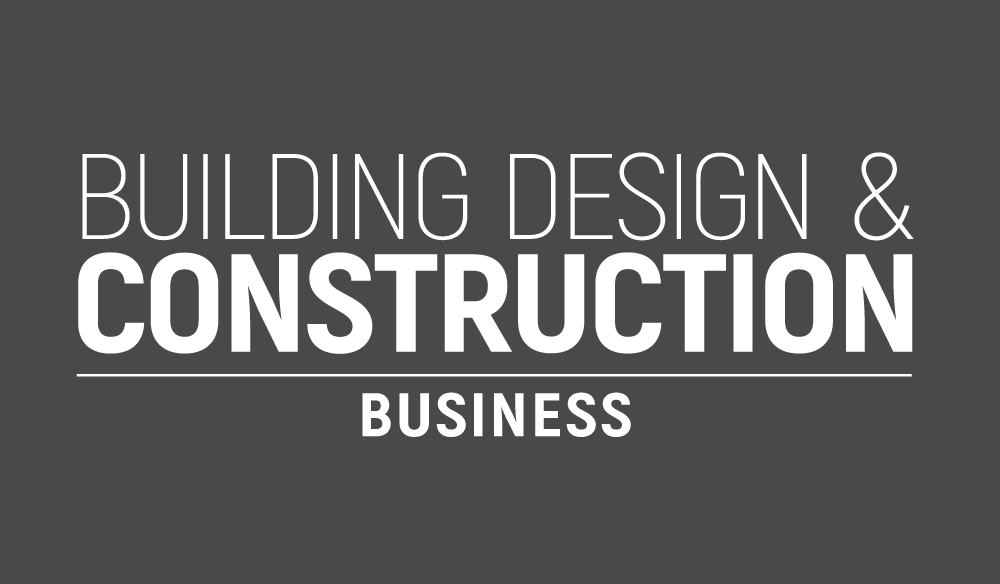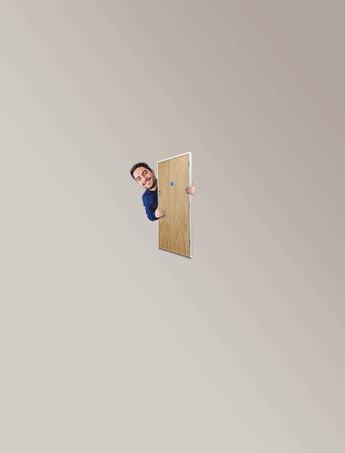The bathroom renovation sector continues to represent one of the construction industry’s most consistent revenue streams, with homeowner demand for these projects remaining strong even during broader market fluctuations. For contractors and builders looking to strengthen their service offerings, understanding the current landscape of bathroom renovations provides significant competitive advantages in capturing this lucrative market segment.
Market Analysis: The Expanding Bathroom Renovation Economy
The bathroom remodeling sector shows remarkable resilience compared to other home improvement categories. According to recent industry data, bathroom renovations consistently rank among the top three home improvement projects undertaken by homeowners, with the average project ROI ranging between 60-70% in most markets. This strong return makes bathroom renovations particularly attractive to homeowners concerned about property values.
The bathroom renovation market has expanded beyond simple necessity-based upgrades into lifestyle enhancements. Modern homeowners view bathrooms not merely as utilitarian spaces but as personal wellness retreats that significantly impact daily living experiences. This shift has created opportunities for contractors to propose more comprehensive renovation packages that command higher profit margins while delivering enhanced client satisfaction.
Current Bathroom Renovation Pricing Structures
Understanding regional pricing variations is essential for contractors developing competitive bid strategies. In high-cost metropolitan areas bathroom remodeling costs typically range from $15,000 to $45,000, with luxury projects easily exceeding $60,000. This substantial range reflects the diverse scope possibilities within bathroom renovations.
When developing project estimates, contractors should consider three primary cost categories:
- Labor expenses: In competitive markets, skilled trade labor often represents 30-40% of project costs. The specialized nature of bathroom work—requiring plumbing, electrical, tiling, and finish carpentry expertise—demands higher-skilled labor than many other renovation categories.
- Material costs: Material selection dramatically impacts project budgets, with fixtures and finishes representing 50-60% of typical project costs. The extreme price variation between standard and premium options creates opportunities for tiered project proposals.
- Design and management fees: Professional design services and project management typically account for 10-15% of project costs but can significantly enhance client satisfaction and streamline project execution.
Emerging Design Trends Driving Consumer Demand
Contractors positioning themselves as industry experts must remain informed about evolving design trends that motivate homeowners to invest in bathroom renovations. Several key trends currently dominate the market:
Technology Integration
Smart bathroom technology has evolved from novelty to expectation among mid-to-high-end clients. Digital shower systems with programmable temperature controls, smart mirrors with integrated lighting and information displays, and voice-activated fixtures represent high-margin additions contractors can propose to enhance project scope.
Particularly in technology-focused markets like Silicon Valley, these features have become standard expectations rather than luxury add-ons. Contractors specializing in bathroom remodeling in San Jose, CA report that nearly 70% of clients now request some form of smart technology integration in their renovations.
Wellness-Focused Design Elements
Bathroom environments increasingly reflect wellness priorities, with features like spa-inspired shower systems, therapeutic lighting, steam functionality, and improved ventilation systems becoming standard requests. These wellness-oriented features typically command premium pricing while offering tangible daily benefits that homeowners readily value.
The integration of natural elements—including living plants, natural stone, and enhanced natural lighting through expanded or strategically placed windows—further supports this wellness orientation. Contractors can leverage these elements to create distinctive project proposals that transcend basic functional upgrades.
Accessibility and Universal Design
Forward-thinking contractors recognize that aging-in-place considerations have moved beyond specialized niche applications into mainstream bathroom design. Zero-threshold showers, comfort-height toilets, strategically placed grab bars, and wheelchair accessibility now represent standard considerations even for younger clients planning long-term housing solutions.
These accessibility features, when thoughtfully incorporated into overall design approaches, enhance safety without compromising aesthetic quality. Contractors who proactively address these considerations often secure projects over competitors offering more conventional designs.
Material Innovation and Selection Strategies
Material selection significantly impacts both project profitability and client satisfaction. Several emerging material trends offer opportunities for contractors to enhance project margins while delivering superior results:
Large-Format Tile Applications
Large-format porcelain tiles (24″x48″ or larger) have revolutionized bathroom design by minimizing grout lines while creating visually expansive surfaces. These materials reduce installation time compared to smaller traditional tiles while creating cleaner, more contemporary aesthetics. The reduced maintenance requirements of minimized grout lines represents a significant selling point for homeowners.
Engineered Surfaces
Advanced engineered surfaces combining durability with sophisticated aesthetics increasingly compete with natural stone in premium applications. These materials offer enhanced stain and scratch resistance while providing consistent patterns that reduce wastage during installation. Their lower maintenance requirements represent compelling advantages contractors can highlight during client consultations.
Sustainable Material Options
Environmentally conscious materials have evolved from niche offerings to mainstream expectations. Recycled glass tiles, sustainably harvested woods, and low-VOC finishes appeal to environmentally conscious clients while often commanding premium pricing. Contractors emphasizing these options position themselves advantageously in markets with strong environmental priorities.
Execution Excellence: Streamlining Project Delivery
Beyond design and material considerations, contractors can differentiate themselves through superior project execution strategies:
Effective Scheduling and Timeline Management
Bathroom renovations create significant disruption in clients’ daily routines, making efficient scheduling crucial for client satisfaction. Leading contractors employ detailed project management systems that minimize the duration of functional bathroom downtime while ensuring quality execution.
In regions with highly competitive construction markets contractors often highlight compressed project timelines as key differentiators in their marketing materials. Some specialists now advertise completion timeframes of 2-3 weeks for complete renovations that traditionally required 4-6 weeks.
Technology-Enhanced Project Management
Digital project management platforms enable contractors to provide clients with transparent progress tracking, streamlined communication, and organized documentation. These systems enhance client confidence while reducing communication-related delays and misunderstandings that often impact project timelines.
Specialized Crew Development
Contractors achieving the highest efficiency develop specialized bathroom renovation teams rather than relying on general construction crews. These specialists develop refined processes for common bathroom renovation challenges, enhancing both efficiency and quality outcomes. The investment in specialized training delivers significant returns through improved execution speed and reduced callback issues.
Marketing Strategies for Bathroom Renovation Specialists
Contractors focusing on bathroom renovations can implement several targeted marketing approaches to attract qualified clients:
Portfolio Development and Showcase Strategies
High-quality photography of completed projects remains the most effective marketing asset for bathroom renovation specialists. Investing in professional photography that highlights distinctive features of completed projects provides compelling visual evidence of capabilities.
Virtual technologies including 3D renderings and virtual reality presentations enable clients to visualize proposed designs more effectively than traditional approaches. These technologies reduce client uncertainty while supporting premium pricing for sophisticated design concepts.
Strategic Partnerships
Partnerships with related professionals including interior designers, real estate agents, and home staging companies provide valuable referral sources. These allied professionals often influence homeowners’ renovation decisions and can direct qualified prospects to trusted contractors.
Relationships with suppliers offering exclusive or limited-distribution products provide contractors with distinctive offerings competitors cannot match. These product differentiators often influence client selection decisions more significantly than modest price differences.
Conclusion: Positioning for Premium Opportunities
The bathroom renovation sector offers exceptional opportunities for contractors who strategically position themselves through specialized expertise, distinctive design approaches, and superior execution capabilities. By focusing on emerging trends and client priorities, contractors can develop service offerings that command premium pricing while delivering exceptional client satisfaction.
In competitive markets with strong renovation demand, contractors who establish reputations for specialized bathroom renovation expertise can build sustainable business models focused on higher-margin projects. Rather than competing primarily on price, these specialists compete on distinctive capabilities and superior outcomes, establishing resilient business models that withstand broader market fluctuations.
For construction firms looking to enhance profitability and build sustainable competitive advantages, dedicated bathroom renovation divisions offer compelling strategic opportunities with strong growth potential in both residential and commercial sectors.





